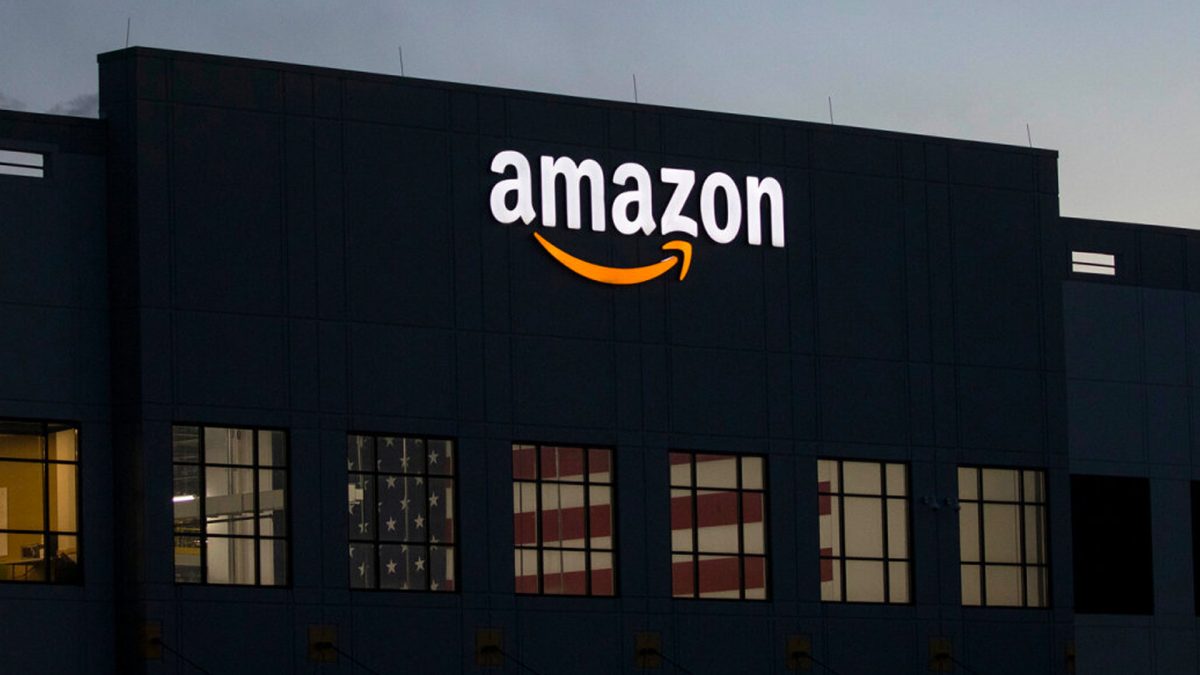Is the Flipkart deal to buy Myntra , formally announced yesterday (22 May), a defensive move to fend off potential global rivals or an aggressive one to dominate the online marketplace in India? What are the chances that the acquisition will succeed, given that both companies make huge losses and continue to bleed cash, and given the global M&A track record of more failures than successes?
The answer is that the deal is a mix of both defensive strategy and offensive thinking. It’s defensive because the horizontal e-marketplace is about to become hypercompetitive with the arrival of Godzillas like Amazon and the rise of portals like Snapdeal; also, the fashion vertical, which is likely to become the most profitable niche in e-tailing, needs more investment in logistics and brands, including the development of owned-brands that can yield higher margins.
In fashion, Myntra, despite its early lead, has to fend off the challenge of Jabong and needs lots of investment. Flipkart, which tried its own hand at fashion retailing, has been an also-ran so far. With Myntra it will have over 50 percent of the online fashion market. The deal thus builds a fence around both Flipkart and Myntra.
The offensive part of the deal lies in the future potential. Between them, Flipkart and Myntra have touched base with 80 percent of Indian e-shoppers. This gives the combined entity potential dominance of the space where Amazon will do its damnedest to wrest control by investing heavily in customer acquisition.
But let’s be clear, it’s not going to be a cakewalk. Both companies continue to bleed and their valuations are rich. As Mobis Philipose points out in Mint newspaper, while China’s Alibaba expects a valuation of $150 billion when it lists in the US (0.6 times gross merchandise sales), Flipkart-Myntra gets 1.6 times the gross sales value as valuation. Quite obviously, this higher multiple comes from being at the cusp of spectacular growth, but that potential is yet to be reached.
However, the biggest plus in the Flipkart-Myntra deal is that it is not driven by the illusion of excess synergies. Most mergers in the world are driven by expectations of cost and marketing synergies where the strengths of one company are supposed to rub off on the other and vice-versa, making one plus one adds up to eleven.
But neither Myntra nor Flipkart seem overly enamoured of such synergies. In fact, Myntra CEO Mukesh Bansal seems to have made the separation of the two businesses a key pre-condition to agree to the acquisition. Mukesh is quoted by Mint as saying that “mergers are risky and can be very dicey” and “it was very important to me to ensure that we would not be integrating anything.”
That is a huge bit of wisdom for a 38-year-old entrepreneur who shares his surname with Flipkart’s founders, Sachin and Binny Bansal (none of the Bansals are related to one another).
Sachin Bansal, speaking to Business Standard , echoes the same sentiment. He said: “Myntra’s brand stands for something unique…in (the) consumers’ mind and we want to leverage that. Similarly, on the Flipkart side, the consumer base is different and people go to Flipkart for a different reason. So, by trying to combine the two companies we would lose value. Keeping them independent allows us to benefit more.”
This is smart thinking because the reality is that mergers are driven by arithmetic and accountants (reducing costs, expanding the repertoire of products, gaining market share) without keeping customers in mind. Brands are psychically owned by consumers, and trying to combine two brands that stand for different things in the consumers’ minds can defeat the very purpose of acquisitions. The decision to keep the Flipkart and Myntra businesses and brands separate is thus bang-on.
Moreover, the two companies operate on different business models. While both started out as inventory-led businesses (where the company builds warehouses and takes care of delivering ordered products by itself), this is an expensive way to do business. Most e-commerce companies thus follow the ebay marketplace model, where the company brings buyers and sellers together, but leaves the fulfillment of the orders to third parties. This reduces upfront investment costs, but also reduces the consumer experience, since the fulfilment of orders can be time-consuming and often troublesome.
Amazon follows the inventory-led model and Myntra largely does the same. In India, since foreign players are banned from e-tailing, Amazon follows the marketplace model, but this could change. Flipkart started out as an inventory-led e-tailer, but has more recently shifted to the marketplace model to conserve cash-burn. At the time of the acquisition thus Flipkart and Myntra were following different business models.
The advantages and disadvantages of both models are the following: marketplace models are capital-light, but not as consumer-friendly. Inventory models suck up lots of cash, but companies can control the consumer experience better. Marketplace models, since they depend on commissions from sellers, tend to have lower margins while inventory-based models, especially if supplemented with own brands, tend to yield higher margins. Marketplace models have quicker payoff periods, and the inventory-model can see payback periods stretching out.
Outside the biggest e-commerce space of travel and ticketing services, the Indian e-tailing business is reckoned to be worth $3.1 billion - and could grow at a fast clip of 30-40 percent over the next few years.
This is why the Flipkart-Myntra deal makes long-term sense. It is built on sound expectations, with few illusions about the mergers bringing synergies. When entrepreneurs avoid synergy talk, the chances are the acquisition will succeed.


)




)
)
)
)
)
)
)
)